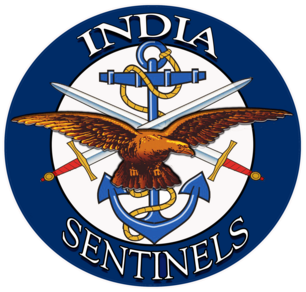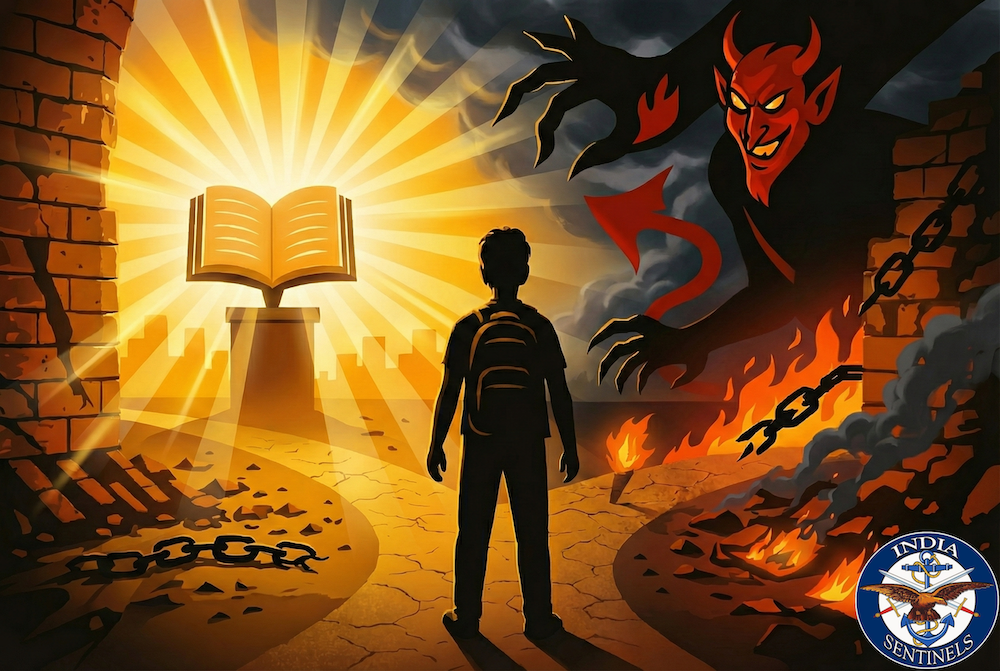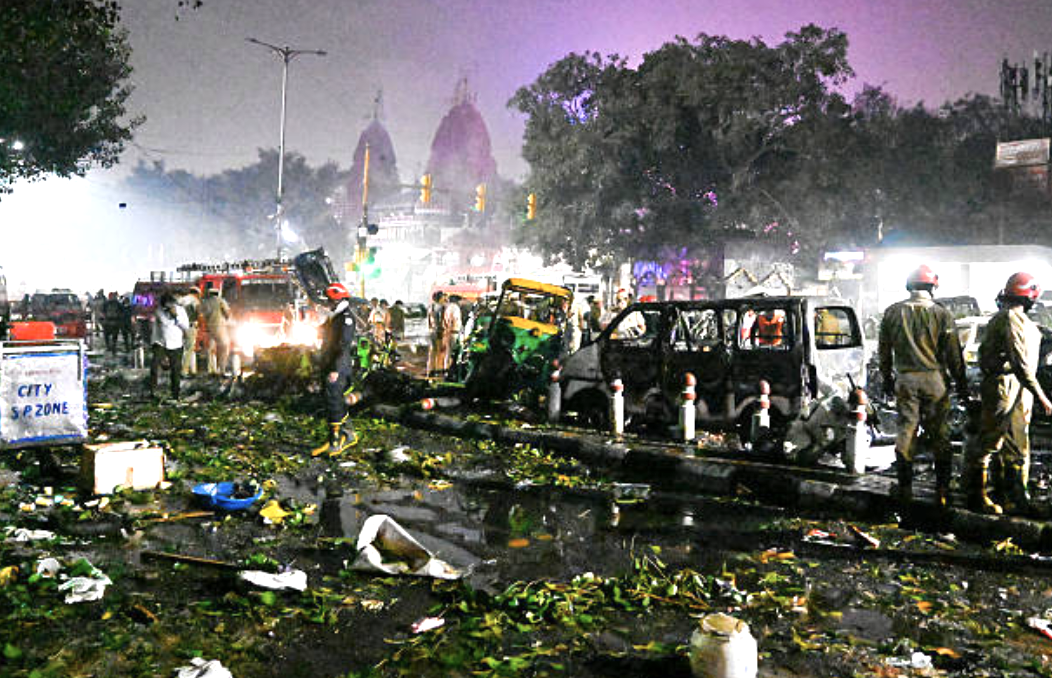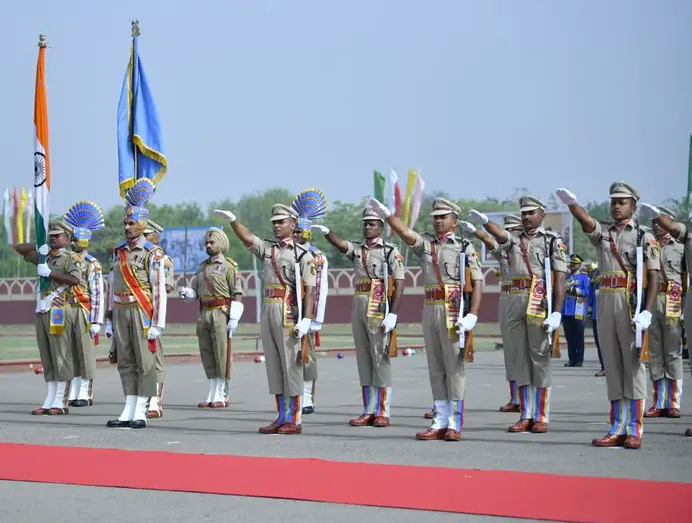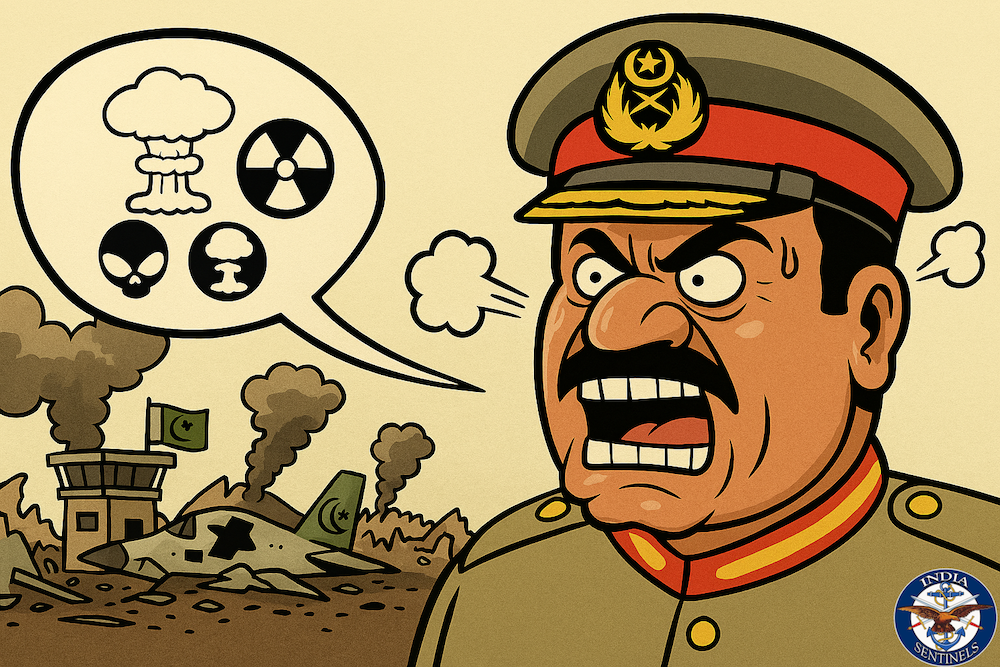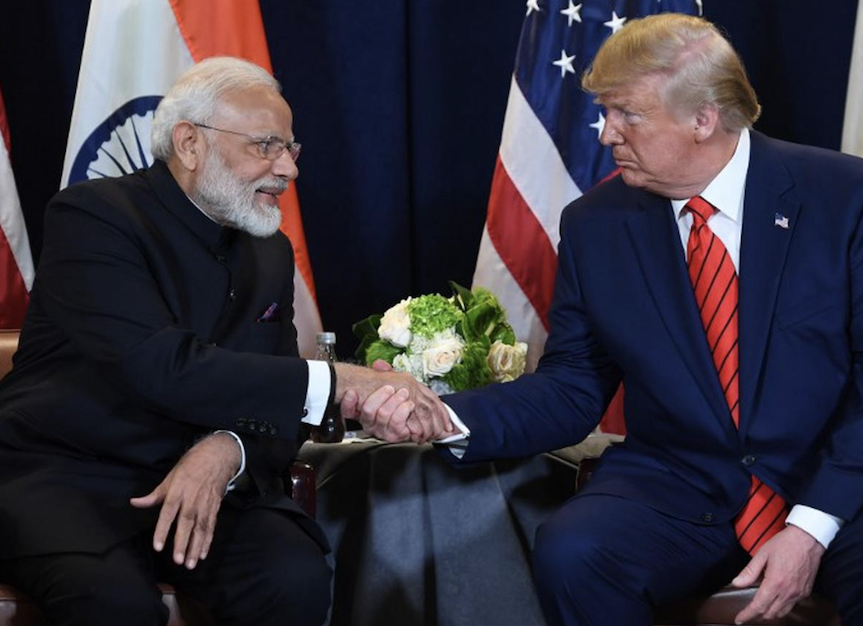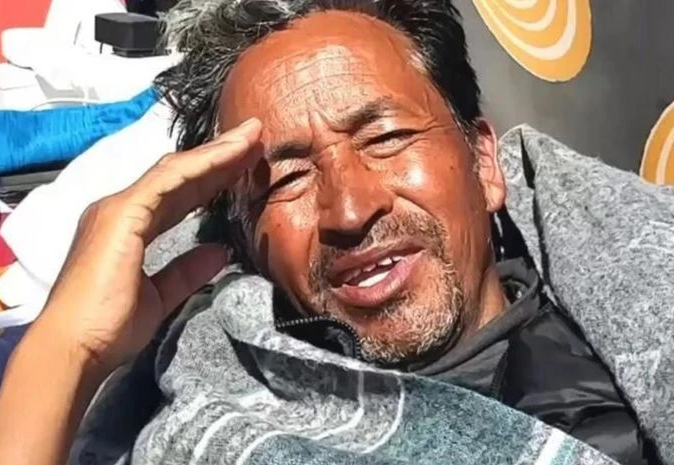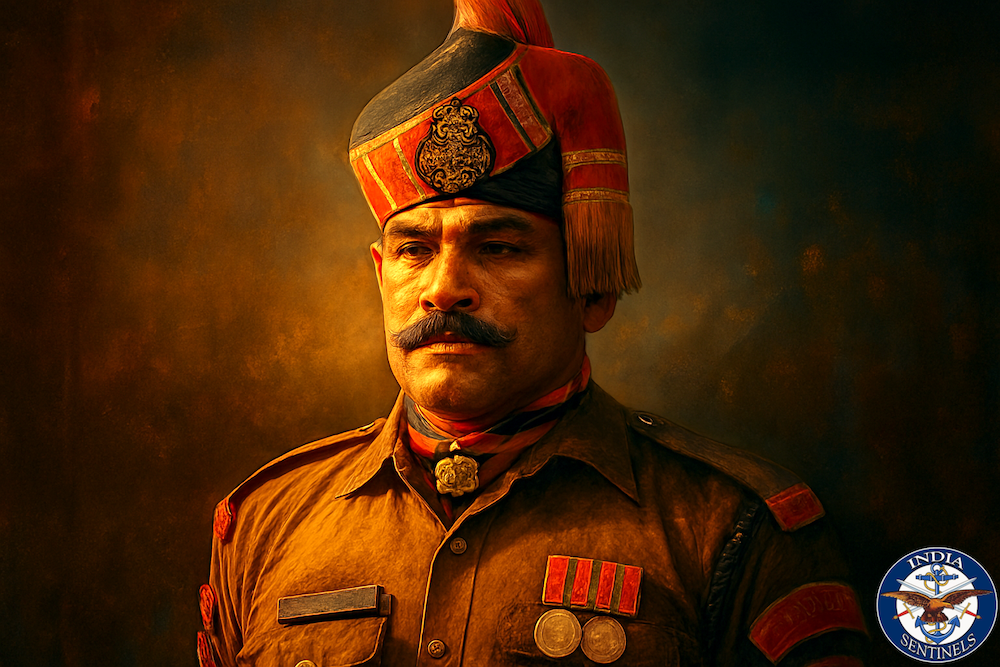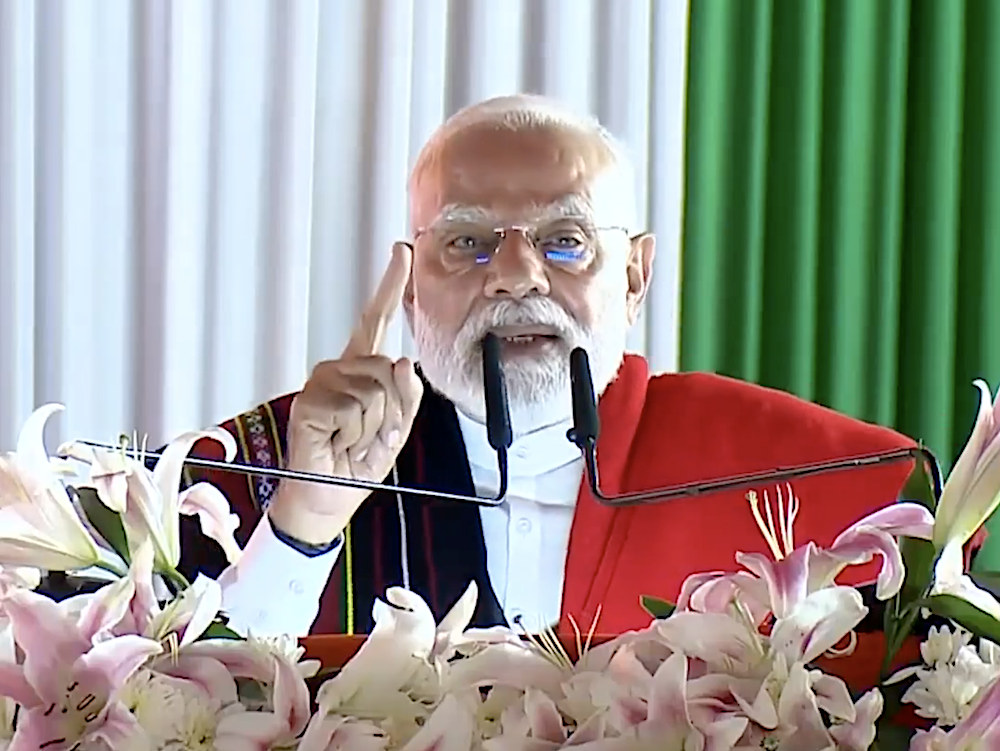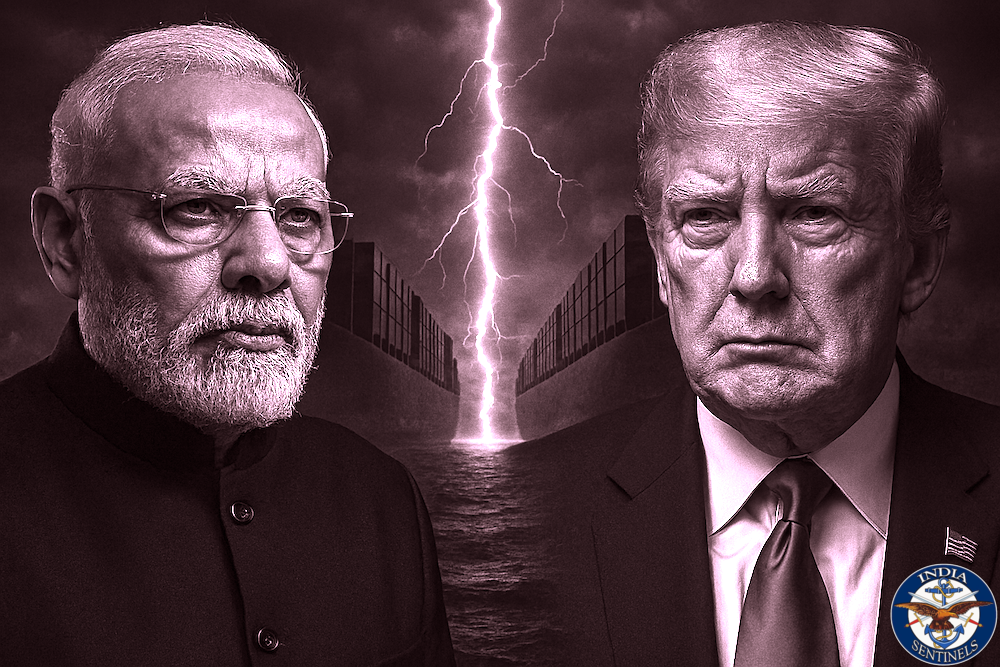 A BSF soldier stands guard near an Indian post at the international border with Pakistan in Jammu. (File photo)
A BSF soldier stands guard near an Indian post at the international border with Pakistan in Jammu. (File photo)
The Border Security Force (BSF), designated as the nation’s “first line of defence”, stands sentinel along India’s western and eastern international boundaries with Pakistan and Bangladesh. Since its establishment, the BSF has shouldered border-guarding and war-fighting responsibilities with professional distinction, earning the nation’s gratitude.
The BSF played an aggressive support role alongside the Indian Army during Operation Sindoor from May 7 to May 10, 2025, all along the western front, particularly along the Jammu border where pitched battles of offensive defence were fought between BSF personnel and Pakistan regulars and rangers. BSF mortar detachments delivered accurate and swift fire for effect on enemy targets, causing widespread damage to personnel and materiel while achieving psychological ascendancy over the enemy.
Enemy infiltration and Border Action Team (BAT) operations were thwarted in the Samba area, and the BSF caused havoc with its retaliatory fire in Sialkot. The BSF’s role and the bravery displayed by its personnel earned widespread national acclaim.
Read also: How BSF’s ‘offensive defence’ thwarted Pakistan’s designs
Dual Mandate: Peace and War
The BSF guards national borders during peacetime and supports the Army during hostilities. Both roles demand professionalism of the highest order. Border guarding encompasses simultaneous preparations for war, which involves reconnaissance, terrain analysis, and preparation of plans based on ground assessment to meet anticipated contingencies.
The BSF leadership – consisting of platoon commanders, company commanders, commandants, and deputy inspector generals – has meticulously mapped every inch of their areas of responsibility for war fighting. This process is both mentally and physically exhausting, as the BSF must perform this role while simultaneously carrying out the highly demanding task of border guarding. The thorough preparation by BSF leadership explains why Pakistan was defeated in every aspect of the battle along the entire Jammu international border.
Each operation provides lessons for refining drills and procedures to meet future contingencies more robustly, and Operation Sindoor offers valuable insights for the Border Security Force.
Read also: Was Op Sindoor ceasefire premature? Analysing its strategic impact
Time for Strategic Analysis
With the operation now nearly concluded, it is time to analyse the BSF’s wartime role along the western front, keeping in mind the battlefield scenarios experienced on the Jammu border. This analysis is essential to draw the right lessons by brainstorming the strengths and shortcomings witnessed during battle – examining the degree of preparation, execution of battle drills, and procedures to better prepare for future conflicts.
This assessment must consider that future conflicts may not remain localized but could encompass the complete western front manned by the BSF and continue for extended periods. The brainstorming must focus on refining standard operating procedures (SOPs), introducing measures to make defence more offensive, initiating training innovations aligned with changing battle scenarios, and infusing experience into command and leadership. These measures will enhance both operational and administrative preparedness.
Read also: Govt must empower BSF cadre officers lead the force at highest level
Three-Pronged Approach to Improvement
1. Operational and Administrative Audit
The first aspect of brainstorming analysis is an operational audit to identify and address gaps. This must cover each company, battalion, and sector to further strengthen the surveillance grid, ensuring clear fields of fire and observation over the entire area of responsibility. This includes designating targets for observed and unobserved fire, registering and rehearsing procedures, and mapping unexploited enemy areas.
The second component involves war-gaming followed by physical rehearsals for various contingencies. This time-intensive process requires physical movement across the complete area to appreciate it from the enemy’s perspective. This approach will make the entire defence aggressive in design, enhance confidence levels among commanders and personnel, and ensure more decisive and aggressive responses in future conflicts. This procedure must be replicated for both eastern and western fronts.
Connected to this operational audit is administration in battle, which requires exploration for refinement and rehearsals. This includes ammunition replenishment, casualty evacuation drills, preparedness of the BSF hospitals for emergencies, supply chains for rations and essentials, and repair and recovery systems for weapons, equipment, and vehicles. Such comprehensive operational and administrative audits will further strengthen war-fighting capabilities.
Read also: Attrition in CAPFs – A call for in-depth analysis, proactive measures
2. Training Reforms
Training represents the second critical aspect that requires attention. Due to multiple commitments, the BSF’s training has become diluted and is not receiving the attention it deserves.
The primacy of training must be restored to ensure professional proficiency both individually and collectively. This will enhance camaraderie, regimentation, confidence levels, and morale, ensuring better border guarding and more refined responses during future hostilities.
For this purpose, the force’s support companies need innovative reorganization to strengthen them according to modern battlefield requirements. Another aspect is the authorization of manpower for authorized weapon systems, replacing ad hoc arrangements for additional authorized weapons.
It is to the credit of the BSF field leadership and command – consisting of company commanders, commandants, and deputy inspector generals – that despite diluted collective training, these leaders prepared their personnel for battle tasks and delivered decisive blows to the enemy, causing substantial damage.
However, there remains a need to analyse training requirements and ensure regular, consistent training while implementing innovative changes in training curricula at unit and training institution levels to prepare personnel for conventional offensive and defensive battles, including technological aspects of modern warfare.
Read also: Command duality in border guarding is against national security
3. Command and Leadership Development
The third crucial aspect requiring analysis is command and leadership. The leadership at all levels must be in sync with personnel to understand their psychology during crises and extract the best performance in adversity by leading from the front while ensuring professional orders for effective performance and casualty prevention.
Two BSF troopers lost their lives during the Pakistani shelling – an unusual occurrence since personnel should logically be under shelter and dispersed during shelling or drone swarm attacks. How these personnel came under fire requires in-depth analysis and brainstorming.
Command at the top must understand the tactical intricacies of battle and be familiar with the operational environment. This will help leadership correctly assess battlefield scenarios and remain in sync with battle requirements and subordinate needs.
The government and BSF should consider establishing minimum experience requirements for commanding sectors and frontiers to ensure experienced leadership.
A related aspect is that during battle, leadership must interact with Army units since the BSF operates under the Army’s operational control. The BSF leadership needs professional proficiency in tactical aspects of battle, battle drills, procedures, and terminology to effectively interact with Army authorities, understand battle plans, and ensure seamless execution.
This underscores the need for experienced command at all levels.
Read also: Story of BSF’s key role, valour and sacrifices in 1971 India-Pakistan war
The Way Forward
The Border Security Force must begin comprehensive brainstorming to derive lessons for refining battle drills and procedures, innovating training methods, and infusing experience into command structures. This analytical exercise will further strengthen the BSF’s war-fighting capabilities in operations, administration, training, command, and leadership for more offensive responses in future hostilities.
This comprehensive review must encompass both the western and eastern fronts. The BSF leadership is undoubtedly already seized of this matter, and steps in this direction are forthcoming. The lessons learned from Operation Sindoor will serve as valuable building blocks for a more formidable and responsive Border Security Force, better equipped to meet the dynamic challenges of modern border warfare.
The nation’s first line of defence must continuously evolve, adapt, and strengthen itself to meet emerging threats while maintaining its proud tradition of professional excellence and unwavering commitment to national security.
Disclaimer: The views expressed in the article are the author’s own and don’t necessarily reflect the views of India Sentinels.
Follow us on social media for quick updates, new photos, videos, and more.
Twitter: https://twitter.com/indiasentinels
Facebook: https://facebook.com/indiasentinels
Instagram: https://instagram.com/indiasentinels
YouTube: https://youtube.com/indiasentinels
© India Sentinels 2025-26
